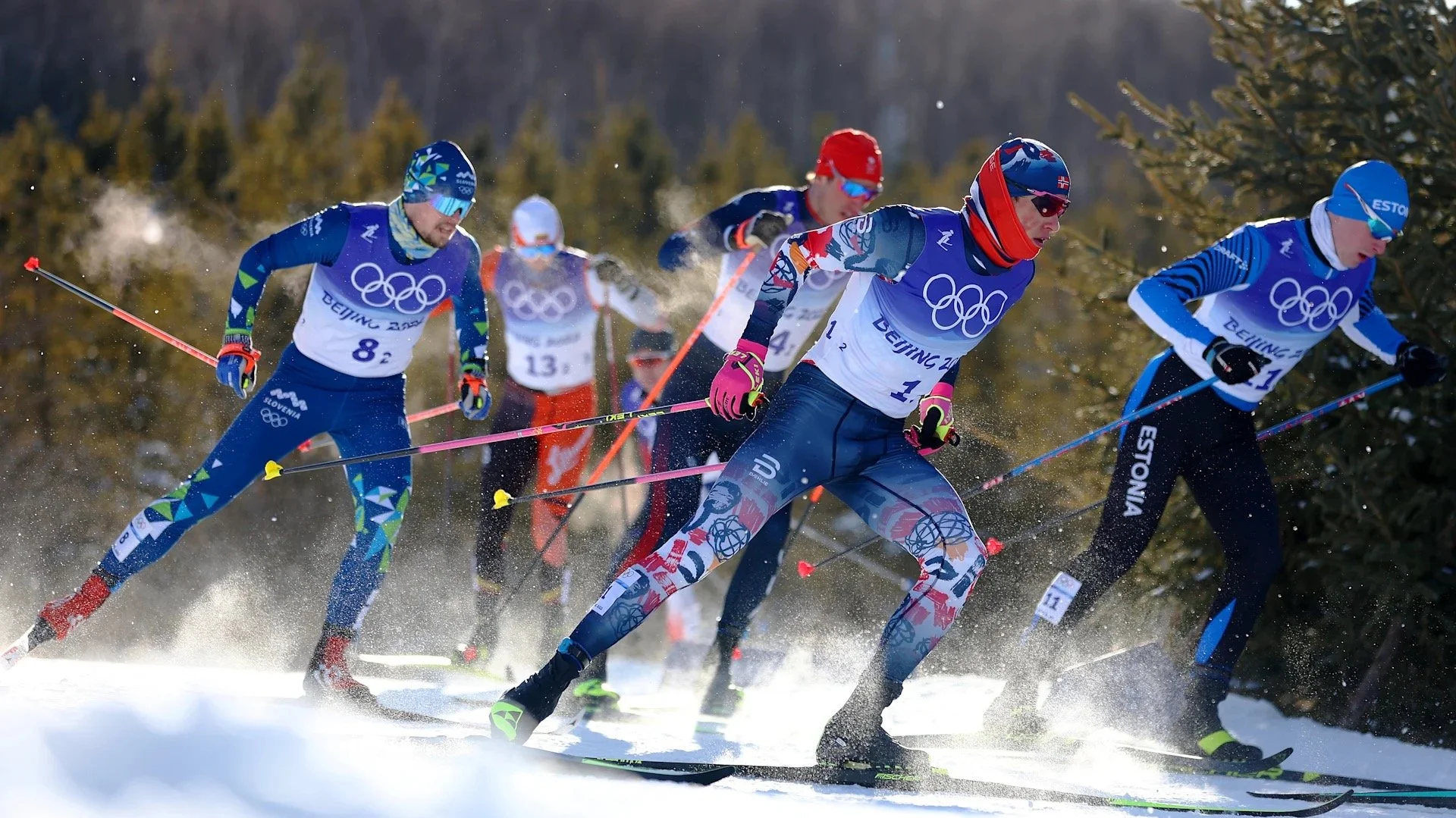Competitive Cross-Country Skiers Have Longer Time to Exhaustion Than Recreational Cross-Country Skiers During Intermittent Work Intervals Normalized to Their Maximal Aerobic Power
Eivind Holsbrekken, Øyvind Gløersen, Magne Lund-Hansen and Thomas Losnegard
Read Full article here
Endurance-sport performance is generally dependent on performance oxygen uptake (˙VO2) and gross efficiency (GE). Some endurance sports, like cross-country (XC) skiing and CYCLING, are characterized by large fluctuations in intensity. Research has demonstrated that an athlete’s ability to maintain a high mean power output, repeat high-intensity efforts, and perform an all-out sprint to the finish line while avoiding a strong positive pacing, even as fatigue develops, is critical for optimal performance in these types of endurance sports. Athletes who engage in these sports must, therefore, frequently transition between submaximal and supramaximal efforts during a race, and thereby repeatedly derive energy from anaerobic pathways.
Several studies have investigated intermittent exercise performance in untrained to highly trained subjects. Some studies focus on the critical power concept and consider the ability to work above critical power to be of significance. They conclude that this ability is dependent on oxidative processes. A greater aerobic power could, therefore, possibly enhance an intermittent exercise performance, allowing not only to work at a higher intensity at any given rate of O2 deficit accumulation but also to recover more accumulated O2 deficit during submaximal intensities. Furthermore, the increased recovery could allow for a larger total of O2 deficit to be accumulated before exhaustion. It is, however, not known to which degree the ability to accumulate a larger total of O2 deficit is related to the performance level of XC skiers.
Practical Applications
First, the present study shows that competitive skiers can repeat more work bouts than recreational skiers when performing at a similar intensity relative to MAP. Thus, to increase performance level, athletes should not only improve their physical capacity to match higher performance-level athletes’ relative intensity but also their ability to repeat high-intensity efforts at the required relative intensity. Second, training load within a single session can be managed by adjusting intensity, duration, and/or breaks, and the present findings support the notion that the duration of work and recovery phases during high-intensity intermittent exercise should be different between performance levels of athletes to obtain similar relative training load. Higher performance-level athletes should, therefore, train at higher intensity and/or longer duration than lower performance-level athletes, and/or shorten the breaks to achieve an appropriate training load.
Conclusions
Competitive XC skiers have longer TTE and accumulate more O2 deficit than recreational XC skiers during an intermittent-interval protocol at similar intensity relative to maximal aerobic power. This implies that performance in intermittent endurance sports is related to the ability to repeatedly recharge fractions of maximal accumulated oxygen deficit.
